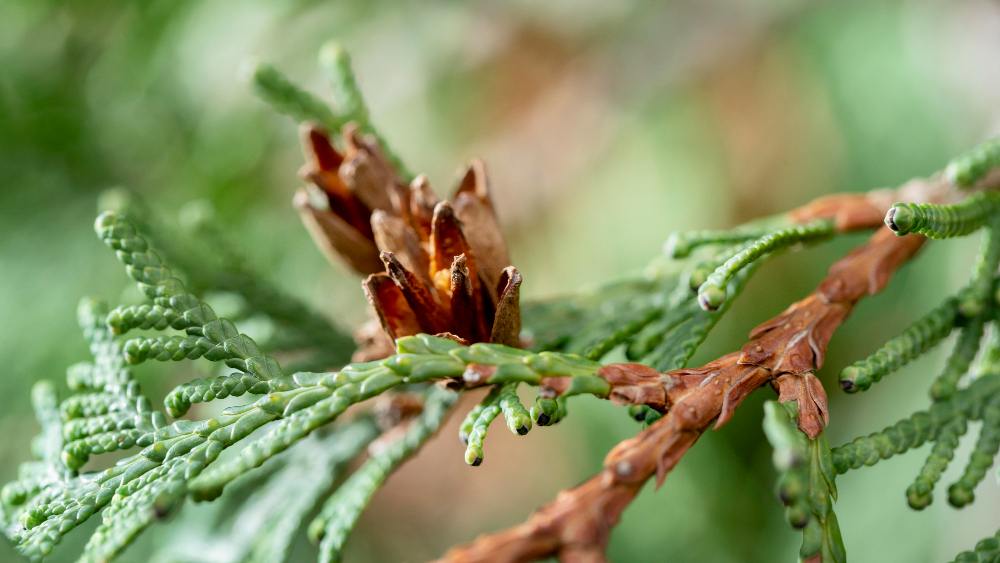
Pine trees are hardy evergreens that add beauty, shade, and character to landscapes. However, trees are vulnerable to certain diseases. As a reputable tree care company, Southern Star Tree can help you understand these diseases, including their causes and management strategies. Our certified arborists leverage extensive expertise and knowledge to keep your pine trees healthy for years. Let’s delve into the common pine tree diseases and practical steps to manage them effectively.
The most common pine tree disease is needle blight. This fungal disease affects the tree’s needles, causing them to turn brown and fall prematurely, leaving the branches bare. Symptoms often begin on the lower branches and can gradually spread upwards. Tree service experts recommend pruning infected branches and applying fungicides to stop the spread. You can also hire professionals to apply chemical treatments in early spring or late fall, which prevents reinfection or premature tree removal emergencies in Dunwoody.
Pine wilt is a deadly disease caused by microscopic worms, or pinewood nematodes, that invades the tree’s vascular system, affecting the transportation of water and nutrients. Pine wilt progresses quickly, often causing severe deterioration and death within weeks or months. The first sign is usually wilting and yellowing of needles, followed by rapid tree death. Once you detect signs of infection, hire a tree care company to remove and destroy the tree, as there is no cure. Preventative measures include avoiding injury to the tree, which can provide entry points for nematodes, and controlling the pine sawyer beetles that spread them.
Annosus root rot is a soil-borne fungal disease that infects pine trees through their roots, particularly after they’ve been wounded or cut. This disease weakens the root system, making the tree susceptible to falling over, especially in windy conditions. Annosus root rot typically causes symptoms like needle yellowing, reduced growth, and crown dieback. To prevent it, avoid wounding trees, especially at the base, and treat freshly cut stumps with fungicide to stop spores from colonizing the tree. If you notice advanced signs of infection, call a tree service provider to remove it quickly, protecting nearby healthy pines.
Pine trees are also vulnerable to various types of rust diseases, including fusiform rust and western gall rust, which cause distinct orange or yellowish spots on the needles, branches, or trunks. These fungal infections can cause swelling, cankers, and even branch or trunk breakage. Rust disease management involves pruning infected branches, applying fungicides in early stages, and choosing rust-resistant pine species for new plantings. Removing nearby alternative hosts, such as currant or gooseberry bushes, can also help reduce the spread of certain types of rust.
Proper identification and early intervention are vital to managing pine tree diseases effectively. By recognizing symptoms like needle discoloration, wilting, and growth abnormalities, you can take steps to prevent these diseases from spreading. Contact us at the Southern Star Tree and schedule a consultation with our arborists to prune infected branches, control pests, apply fungicides, and maintain proper spacing to protect your pine trees. We provide comprehensive services, including fertilization, pruning, and complete tree removal, ensuring you maintain a healthy and vibrant landscape for years.